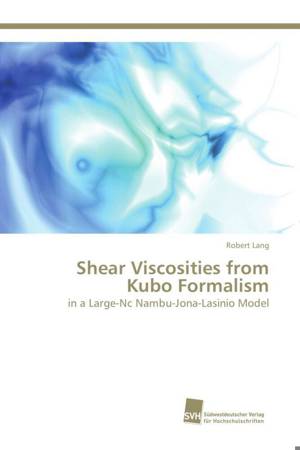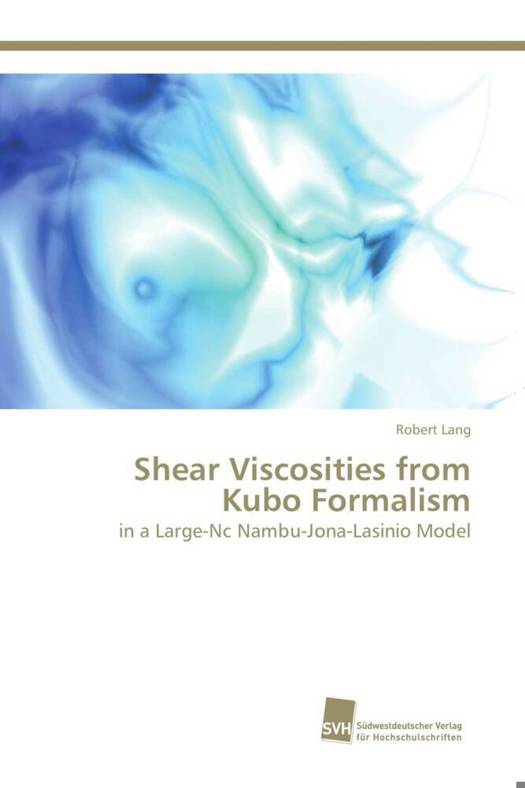
- Afhalen na 1 uur in een winkel met voorraad
- Gratis thuislevering in België vanaf € 30
- Ruim aanbod met 7 miljoen producten
- Afhalen na 1 uur in een winkel met voorraad
- Gratis thuislevering in België vanaf € 30
- Ruim aanbod met 7 miljoen producten
Zoeken
Omschrijving
The quark-gluon plasma produced in heavy-ion collisions at RHIC and LHC is a hot and dense state of strongly correlated matter. It behaves like an almost-perfect fluid featuring a small ratio of shear viscosity to entropy density. In this thesis we calculate within a two-flavor Nambu--Jona-Lasinio model the shear viscosity as function of temperature and chemical potential. A new Kubo formula is developed, incorporating the full Dirac structure of the quark spectral function and avoiding commonly used on-shell approximations. Mesonic fluctuations occurring at Fock level provide the dominant dissipative process. The resulting parameter-free ratio is an overall decreasing function of temperature and chemical potential. In combination with hard-thermal-loop results we find this ratio to feature a minimum slightly above the AdS/CFT benchmark.
Specificaties
Betrokkenen
- Auteur(s):
- Uitgeverij:
Inhoud
- Aantal bladzijden:
- 144
- Taal:
- Engels
Eigenschappen
- Productcode (EAN):
- 9783838151304
- Verschijningsdatum:
- 16/07/2015
- Uitvoering:
- Paperback
- Formaat:
- Trade paperback (VS)
- Afmetingen:
- 152 mm x 229 mm
- Gewicht:
- 222 g

Alleen bij Standaard Boekhandel
+ 133 punten op je klantenkaart van Standaard Boekhandel
Beoordelingen
We publiceren alleen reviews die voldoen aan de voorwaarden voor reviews. Bekijk onze voorwaarden voor reviews.











